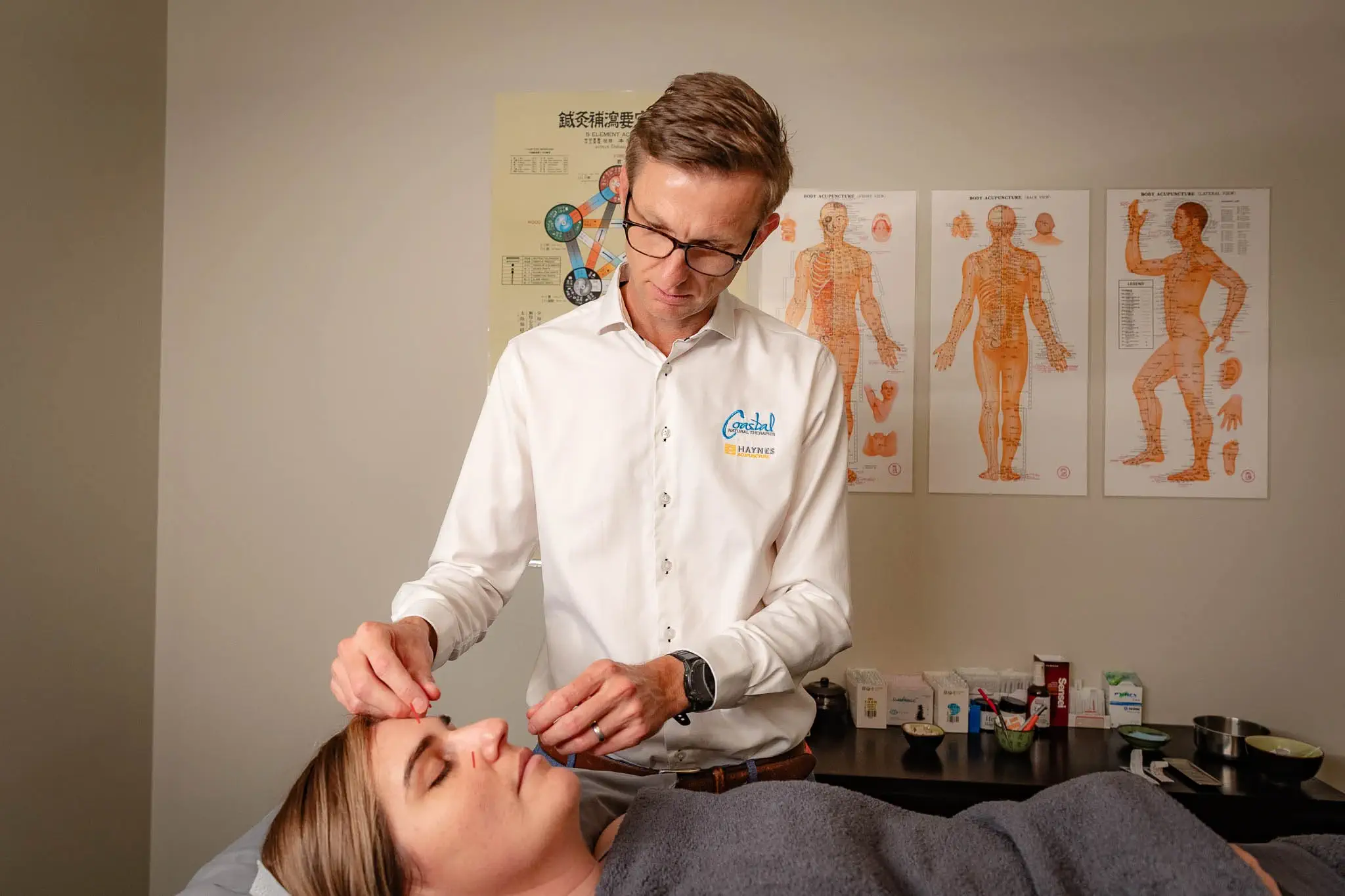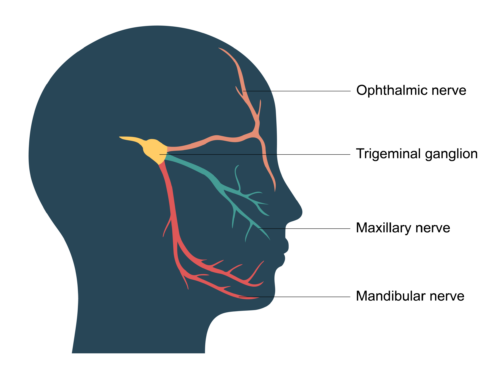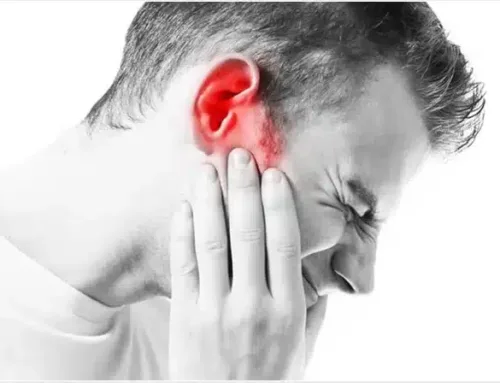Introduction:
In the recent year or two, we have seen an influx of Bell’s Palsy patients at Haynes Acupuncture on the Gold Coast. This article is to help inform Gold Coast people about the management of Bell’s Palsy using acupuncture.
Bell’s Palsy is a condition that can be debilitating, affecting facial muscles and causing paralysis or weakness on one side of the face. Traditional treatments often involve medication or physical therapy, but an alternative approach, acupuncture, has gained traction for its effectiveness. This ancient Chinese practice, dating back thousands of years, has shown promising results in alleviating the symptoms of Bell’s Palsy. David’s experience working in a Chinese ward, where he treated hundreds of patients with Bell’s Palsy using acupuncture and Chinese Medicine, sheds light on the effectiveness of this modality.
Understanding Acupuncture:
Acupuncture is a traditional Chinese medicine technique that involves inserting thin needles into specific points on the body. These points correspond to energy pathways, or meridians, through which Qi, or vital energy, flows. By stimulating these points, acupuncture aims to restore the balance of Qi and promote healing.
How Acupuncture Treats Bell’s Palsy:
- Restoring Nerve Function: Acupuncture can stimulate nerves and promote circulation, aiding in regenerating damaged facial nerves associated with Bell’s Palsy.
- Reducing Inflammation: By targeting specific acupuncture points, practitioners can help reduce inflammation in the affected area, relieving swelling and pressure on facial nerves.
- Improving Muscle Function: Acupuncture may help improve muscle tone and function in the face, addressing the weakness or paralysis characteristic of Bell’s Palsy.
- Boosting Immune Response: Acupuncture enhances the body’s immune response, supporting overall healing and recovery from Bell’s Palsy.
David’s Experience:
David’s journey into the world of acupuncture began when he worked in a hospital ward in China, where he encountered numerous cases of Bell’s Palsy. Witnessing the limitations of conventional treatments, he was intrigued by the potential of acupuncture to address the root causes of the condition. Under the guidance of experienced practitioners, David learned the intricacies of acupuncture and its application in treating Bell’s Palsy.
Treating Hundreds of Patients:
David’s time in the Chinese ward gave him invaluable hands-on experience in treating Bell’s Palsy with acupuncture. Over time, he honed his skills and developed a personalized approach tailored to each patient’s needs. His dedication and expertise significantly improved the condition of hundreds of individuals afflicted with Bell’s Palsy.
The Future of Acupuncture in Bell’s Palsy Treatment:
As more individuals seek alternative and complementary therapies, acupuncture’s role in treating Bell’s Palsy is likely to expand. With ongoing research and clinical trials, acupuncture holds the promise of becoming a mainstream treatment option for this condition. David’s experiences underscore the potential of acupuncture to offer relief and restore function in individuals grappling with Bell’s Palsy.
Conclusion:
Bell’s Palsy can profoundly impact one’s quality of life, but acupuncture offers a ray of hope for those seeking effective treatment. David’s journey exemplifies acupuncture’s transformative power in addressing Bell’s Palsy’s complexities. As awareness grows and practitioners refine their techniques, acupuncture is poised to emerge as a cornerstone in the holistic management of this condition, offering renewed hope and healing to countless individuals worldwide.
- Acupuncture for Bell’s palsy: A systematic review and meta-analysis, 2012, Jong-In Kim, Myeong Soo Lee, Tae-Young Choi, Hyangsook Lee & Hyo-Jung Kwon, https://link.springer.com/article/10.1007/s11655-011-0861-5







